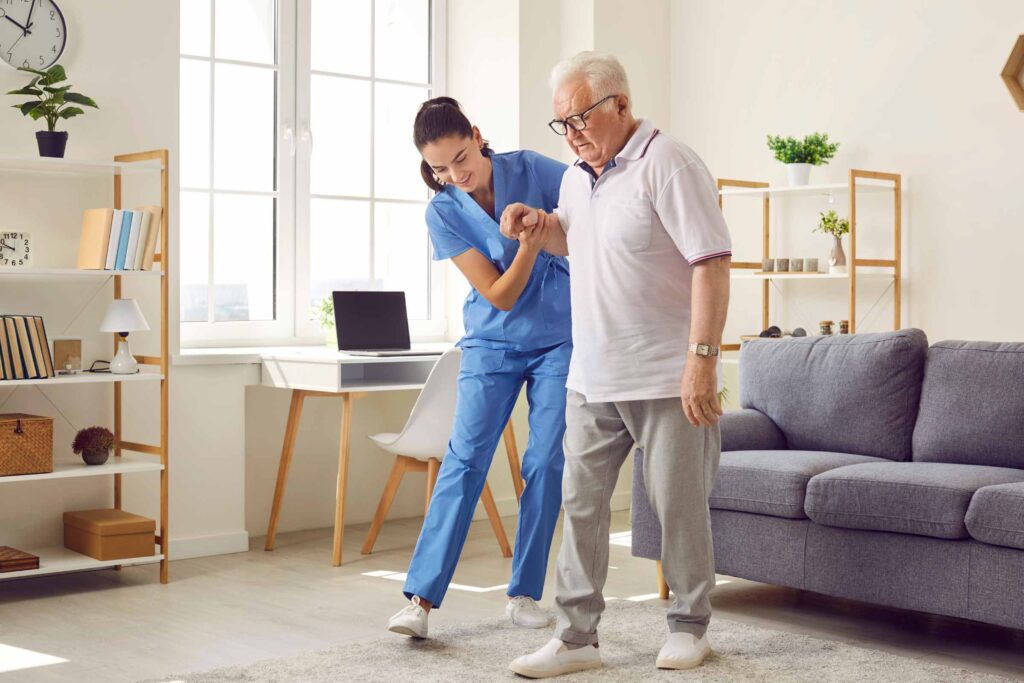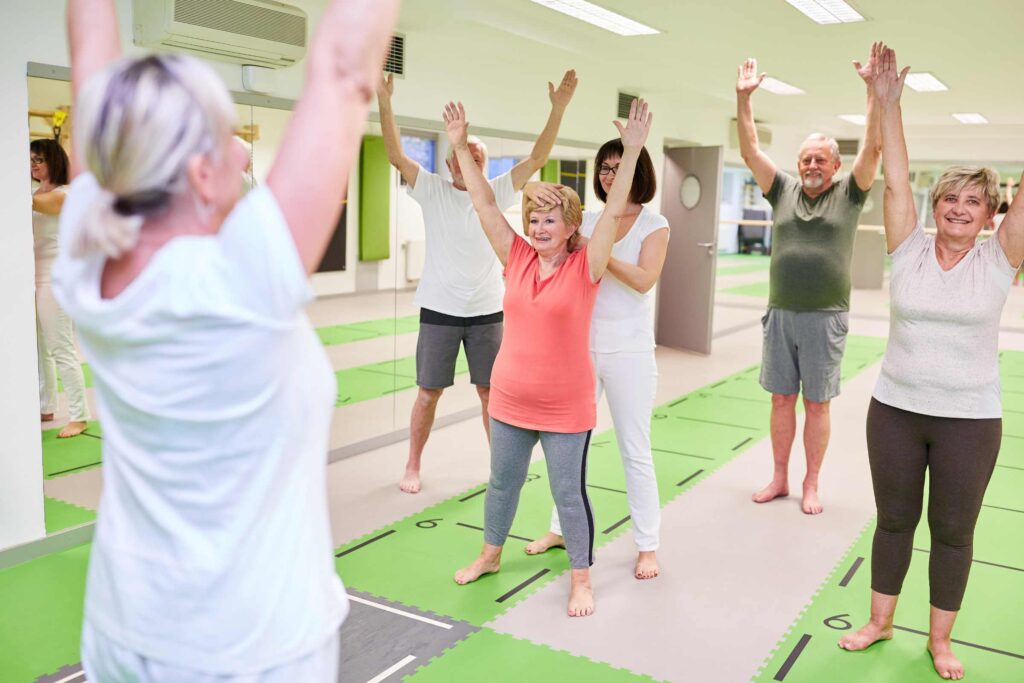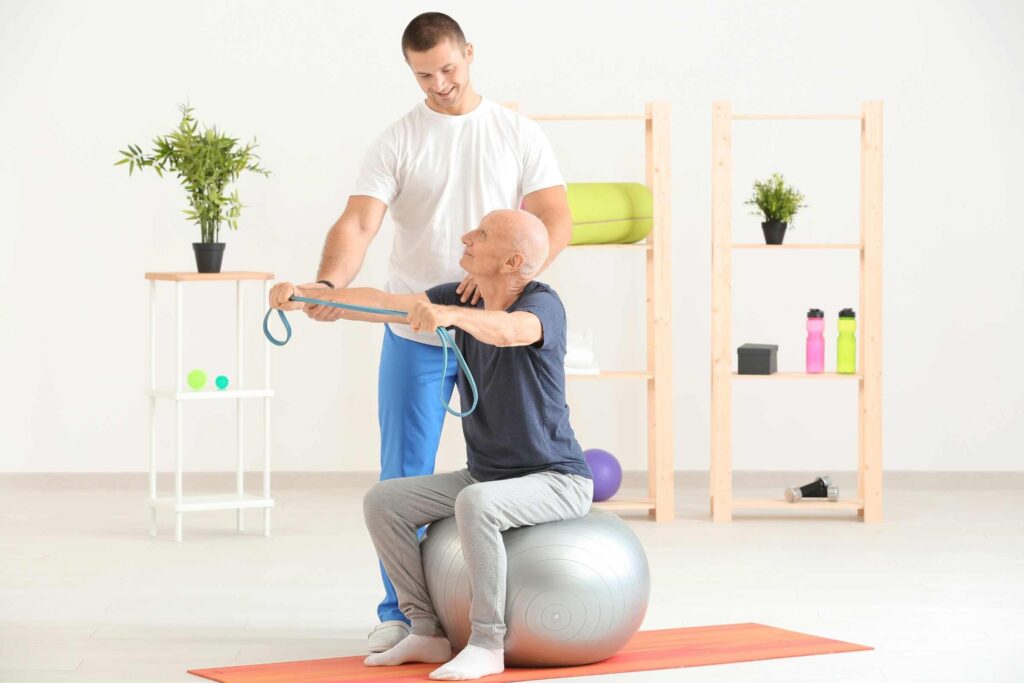As individuals age, their physical health and mobility can face various challenges. Geriatric physiotherapy, a specialized field of physical therapy, plays a pivotal role in promoting the health and well-being of the elderly population. In this article, we will explore the potential of geriatric physiotherapy for elderly care and how it contributes to maintaining independence, mobility, and a high quality of life in the later years.
Understanding Geriatric Physiotherapy:
Geriatric physiotherapy, also known as elderly physiotherapy, focuses on addressing the unique needs and health concerns of older adults. It is designed to enhance mobility, alleviate pain, prevent falls, and improve the overall physical function of elderly individuals. This specialized field recognizes the challenges associated with aging and tailors interventions to support the specific needs of the elderly population.

The Importance of Elderly Care:
As people age, they may encounter a range of physical issues, including:
- Muscle Weakness: Age-related muscle loss, known as sarcopenia, can lead to weakness and reduced mobility.
- Joint Stiffness: Arthritis and other joint conditions can result in joint stiffness and pain.
- Balance and Fall Risk: Reduced balance and increased fall risk are common concerns among the elderly.
- Chronic Pain: Persistent pain conditions, such as osteoarthritis, back pain, and neuropathy, can significantly impact an individual’s quality of life.
- Post-Surgical Rehabilitation: Elders often require rehabilitation after surgeries, such as joint replacements, to regain strength and mobility.
Key Aspects of Geriatric Physiotherapy:
- Assessment: Geriatric physiotherapists conduct thorough assessments to identify a patient’s specific needs, limitations, and goals.
- Individualized Treatment Plans: Based on the assessment, a personalized treatment plan is created to address the unique needs of each elderly patient.
- Strength and Balance Exercises: Exercise programs are designed to improve muscle strength, balance, and coordination, reducing the risk of falls.
- Pain Management: Techniques such as manual therapy, heat therapy, and electrical stimulation may be used to manage chronic pain.
- Gait Training: Gait training focuses on improving the individual’s ability to walk safely and efficiently.
- Functional Mobility Training: Patients work on performing daily activities more independently, such as getting in and out of bed or a chair.

Benefits of Geriatric Physiotherapy for Elderly Care:
- Enhanced Mobility: Geriatric physiotherapy helps older adults regain and maintain their mobility, allowing them to engage in daily activities with greater ease.
- Pain Reduction: Chronic pain conditions are managed effectively, improving the individual’s comfort and overall well-being.
- Fall Prevention: Exercises and balance training reduce the risk of falls, which can have serious consequences for elderly individuals.
- Independence: By improving strength and function, geriatric physiotherapy helps older adults maintain their independence and age in place.
- Better Quality of Life: Overall, geriatric physiotherapy enhances the quality of life for elderly individuals by addressing physical limitations and promoting active, healthy aging.
Promoting Healthy Aging:
Geriatric physiotherapy is a crucial component of elderly care, promoting healthy aging and ensuring that older adults can enjoy their later years with dignity and independence. By addressing the unique challenges and needs of the elderly population, geriatric physiotherapists unlock the potential for improved mobility, reduced pain, and a higher quality of life, ultimately contributing to the well-being of our aging communities.

